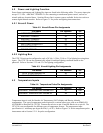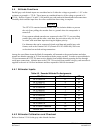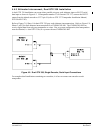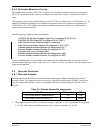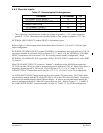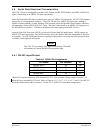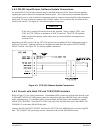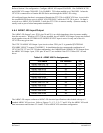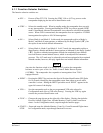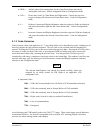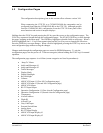
Page 4-8 GTX 330 Installation Manual
Revision G 190-00207-02
4.6 Serial Data Electrical Characteristics
The GTX 330 can be configured to include GPS, Airdata, AHRS, EFIS/Airdata, and ADLP ARINC 429
inputs, functioning as an ARINC 429 data concentrator.
Since the Garmin 400/500 Series products have only two ARINC 429 input ports, the GTX 330 manages
support for several equipment interfaces. The GTX 330 has four ARINC 429 input ports, making it
capable of taking altitude, air data, heading, EFIS selected course and possible future features, and then
concentrating it on the ARINC 429 OUT 2 port. This line is then wired to an ARINC 429 input port on
the 400/500 Series products. TIS data is included on the same high-speed ARINC 429 bus.
Airborne Data Link Processor (ADLP) is reserved for future data link applications. ADLP requires an
ARINC 429 input and output. The ADLP interface allows the Mode S data link transponder to function
as a modem. An ADLP performs functions requiring sending and/or receiving data from ground sensors
via Mode S interrogations and replies.
NOTE
The GTX 330 is currently FAA approved to display TIS traffic
information on Garmin 400/500 Series products only.
4.6.1 RS-232 Input/Output
Table 4-8. RS-232 Pin Assignments
Pin Name Pin Number I/O
RS-232 OUT 1 23 Out
RS-232 IN 1 22 In
RS-232 OUT 2 25 Out
RS-232 IN 2 24 In
The RS-232 outputs conform to EIA Standard RS-232C with an output voltage swing of at least ±5 V
when driving a standard RS-232 load. Refer to Figures 4-3, C-2, C-3, C-5, C-6, C-7 and C-8 for RS-232
serial data interconnect and to Sections 5.2.9 and 5.2.17 for RS-232 serial data configuration.






